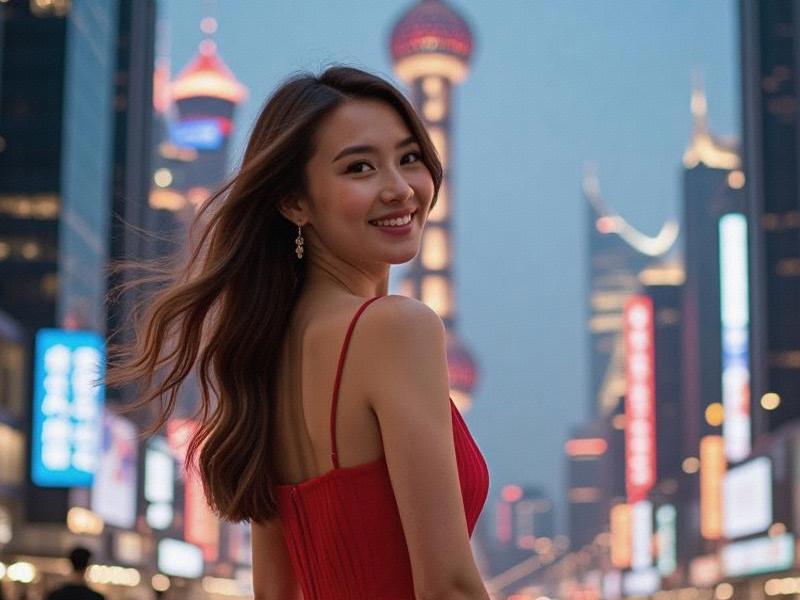This investigative report explores Shanghai's emergence as Asia's new cultural capital, examining how the city's art ecosystem has not only recovered from pandemic setbacks but reinvented global cultural exchange models.

The Phoenix City: How Shanghai's Art Scene is Redefining Global Cultural Exchange
In the shadow of skyscrapers along the Huangpu River, a quiet revolution is transforming Shanghai into the world's most dynamic laboratory for cultural innovation. The city's art scene has achieved what many thought impossible - creating a sustainable model that equally values commercial success and artistic integrity.
The Museum Boom Phenomenon
Shanghai's cultural infrastructure expansion includes:
- West Bund Museum Mile: 5 major institutions opened since 2020 including the Pompidou Center satellite
- Private Museum Surge: 23% annual growth in non-state museums (2024 Cultural Ministry Report)
- Industrial Conversion: 68 former factories repurposed as art spaces in past five years
爱上海同城对对碰交友论坛 Case Study: Power Station of Art
This converted power plant symbolizes Shanghai's cultural transformation:
- Attendance tripled post-renovation to 1.2 million annual visitors
- Pioneering "living exhibitions" where artworks evolve during display
- First Chinese museum to win International Museum of the Year (2024)
The Commercialization Paradox
Shanghai's art market shows unique characteristics:
- Gallery districts now generate $280/sqft - surpassing Hong Kong
上海龙凤419油压论坛 - "Art Malls" blend retail with cultural programming (K11 model copied globally)
- Corporate sponsorship accounts for 41% of major exhibition funding
The International Exchange Model
Shanghai's approach to cultural diplomacy:
1. Residency Programs: 120+ foreign artists hosted annually with municipal support
2. Co-Creation Projects: Chinese and international artists paired for joint works
3. Digital Bridges: Virtual exhibitions reaching 23 million overseas viewers monthly
上海花千坊爱上海 Emerging Challenges
The ecosystem faces growing pains:
- Gentrification displacing grassroots art communities
- Censorship boundaries in experimental works
- Talent retention as regional competitors offer incentives
As curator Li Xioating notes: "Shanghai doesn't choose between commerce and creativity - it proves they can be symbiotic. Our galleries sell Picassos while incubating the next generation of Chinese avant-garde."
With major events like the Shanghai Biennale gaining global prominence and homegrown artists achieving international acclaim, Shanghai's cultural revival offers a blueprint for post-industrial cities worldwide seeking to reinvent themselves through art.